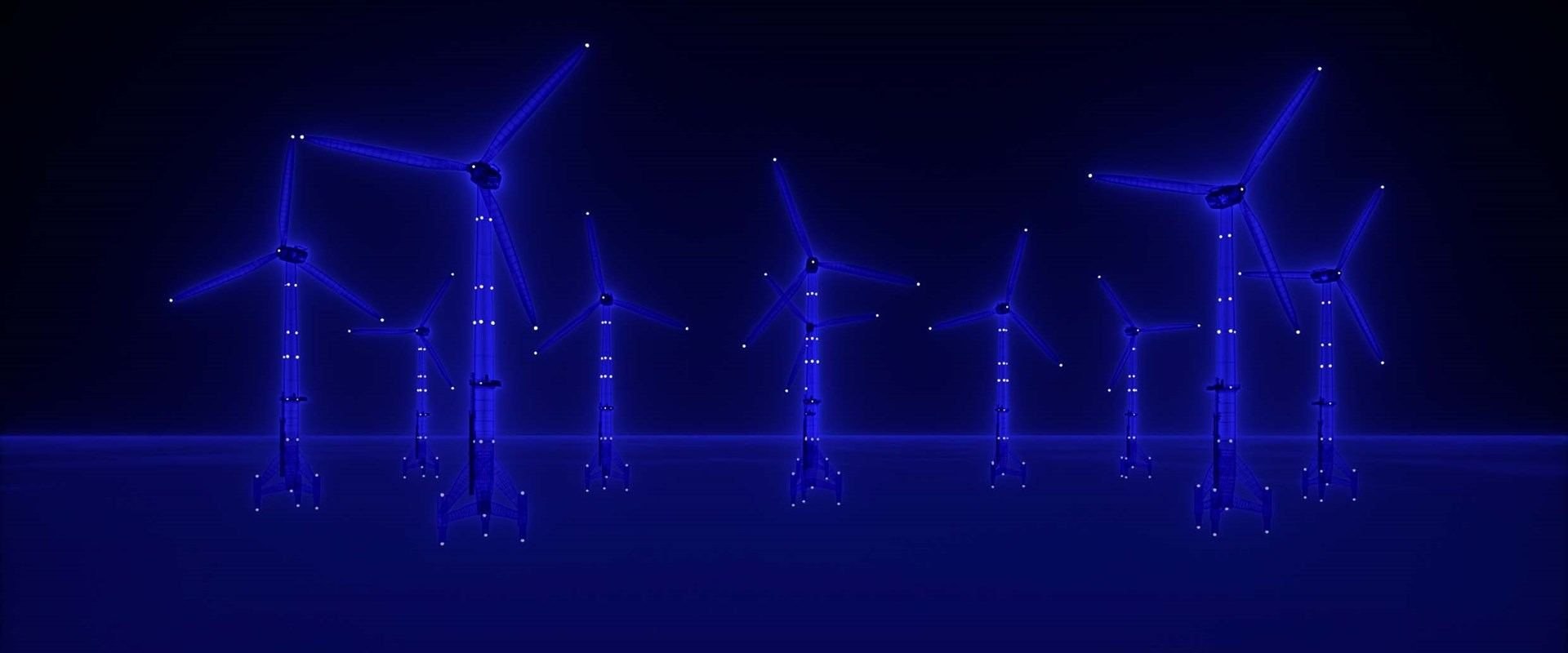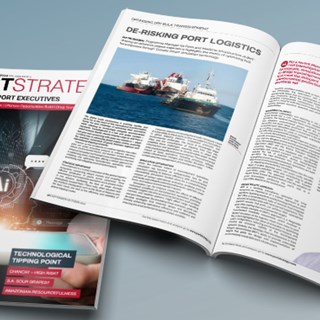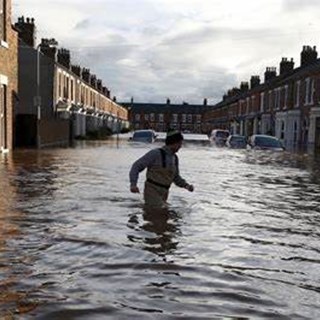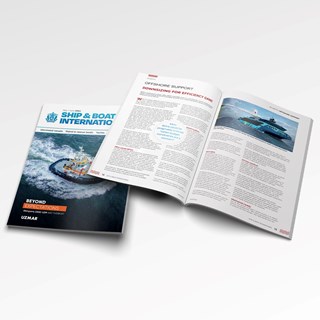
The pivotal role of offshore wind
With meticulous planning, offshore wind development projects can curtail early challenges.
15 December 2021
Climate change impacts can be seen around the globe and are increasing in how devastating they can be towards the most vulnerable areas of our society in terms of scale and frequency.
Therefore, decarbonising economies to limit global temperature change to below 1.5 Degrees Celsius was on the top of every leader’s plan when they convened at Glasgow for the important COP26 summit in November 2021.
The energy sector will play a significant role in decarbonisation by reducing fossil fuel usage, and consequently, greenhouse gas emissions by transitioning towards clean and sustainable sources of energy.
Renewable energy, in particular, is leading the charge, with solar and wind energy making significant contributions to the energy mix of nations. With improvements in technology, scale and capacity factors, offshore wind is set to play a pivotal role, driven by steep declines in the Levelised Cost of Electricity (LCOE) and the favourable image it presents to stakeholders. Currently, the total offshore wind installed capacity is 35 GW, 5% of the wind energy, whose contribution is forecasted to increase to 235 GW (GWEC, 2021) over the coming decade.
However, the success of offshore wind is not guaranteed, as numerous challenges remain on its pathway. The ongoing energy crisis in Europe had brought to the fore issues around consistent wind resources. It was reported that during the first two weeks of September, wind-power generation was 50% below average due to the lack of wind in Germany impacting overall energy supply security and consumer prices. On the other hand, wind curtailment is increasing beyond original production assumptions, thereby risking investments' cash flow and profitability. History has shown that energy price volatility leads to widespread consternation among voters who demand stable energy prices and investors who require predictable returns over the lifetime of the offshore wind asset.
In planning for future wind energy, some of the critical considerations are discussed below:
Wind resource estimates during the early planning stage of the project serve as inputs to derive Annual Energy Production and capacity factors for the wind farm, which determines the project’s revenue and financial viability. Feed-in tariff and the LCOE are the two critical parameters for the authorities, utilities and investors.
Accurately calculating these can depend on the comprehensive, accurate, high-resolution wind metocean data we measure, model and analyse.
Offshore supply chains and ports are critical to ensure uptime and yield desired economic returns. Only a holistic approach by considering both land and water interfaces, such as port readiness, crew transfer vessels (CTVs), and operational optimisation of their interactions, will yield more benefits than the sum of the parts.
The last energy transition from coal to oil took 60 years; the current decarbonisation transition we have collectively embarked on gives us only 30 years, which is assuming the goal of Net-Zero emissions by 2050. The ongoing change is daunting not only in scale but also in speed, and digital technology can assist us in adapting to the scale and speed during the construction and operational stages. For instance, by deploying BMT Deep for asset monitoring, data can be analysed to gain insights for predictive maintenance. BMT Deep stores, manages, integrates, post-processes and visualises vast data sets rapidly. BMT Deep was not born from a software house: it is the product of over 20 years of practical in-field experience in the marine and offshore environment.
There are many moving parts during the early planning stage of offshore wind projects due to uncertainties in policies, regulations, permitting, legal, technical, and commercial details. Most often, accurate assessment or field survey data is not available. However, projects are bound by timelines, and investors value reaching Final Investment Decisions (FID) and first power dispatches without delays.
From an investor’s perspective, we have learnt through experience that financial models incorporating “value at risk” provides the most robust project viability gauge regarding financial metrics such as IRR, payback period and NPVs. Conducting comprehensive risk analysis with subject matter experts (SME) and stakeholder consultations can help to identify, evaluate and mitigate high impact risks. This activity also serves as inputs to the financial model as scenarios and sensitivities.
In summary, while it is clear that offshore wind can significantly contribute to decarbonising our way of life, these considerations illustrate that sound technical assessment and risk treatments need to be found early during project planning before millions of dollars are sunk into this complex infrastructure.

Shivaprakash Heads the Consulting and Energy Transition department in BMT’s Singapore office. He has 27 years of experience in Energy and Coastal Infrastructure projects. He is a Chemical Engineer by training with MBA in Finance, and a PMI certified Project Management Professional (PMP).

N/A
The DCN spoke to our climate change risk, resilience and adaptation expert about preparing for the impacts of a changing climate.

N/A
With the UK and beyond facing unprecedented consequences from rising water levels and climate amelioration, BMT are helping our clients in their need for flood alleviation, prediction, mapping and mitigation. James While talks about 5 ways we can assist our clients.

Ian McRobbie
In a Port Strategy feature, Ian McRobbie highlights the merits of optimising bulk transshipment through ‘Climate-Smart’ simulation technology, drawing on extensive project experience

Noel Tomlinson - Maritime Design
Noel Tomlinson shares with SBI valuable insights on how BMT's innovative solution can help vessel operators overcome challenges and ensure a sustainable future for offshore wind operations.